Emphasis on, “The Project”, Not the Construction
You or someone you know has had a construction project, ‘not go as planned’.

To get it back on track may have just required a little clarification or…it may have ended up in court. Clarity of the project up front is the most important and most overlooked part.
I’ve heard people say the worst experience of their life was a construction project gone bad. It doesn’t have to be this way!
 This problem can, and should, be addressed before any actual construction begins. The underlying issue with any disagreement is, different people seeing things differently. A good contractor’s job is to sort through these differences and develop a clear picture of the project scope, design, schedule and price.
This problem can, and should, be addressed before any actual construction begins. The underlying issue with any disagreement is, different people seeing things differently. A good contractor’s job is to sort through these differences and develop a clear picture of the project scope, design, schedule and price.
Most construction projects fall apart for one of these reasons:
• Misunderstandings due to poor or no communication
• Blindsided by cost overruns or hidden costs
• Completed project wasn’t what you wanted or expected
• Not understanding construction terminology
• Poor quality
• Cluttered and unorganized job site
• Left hanging part way through an unfinished project
• Lack of scheduling or poor time management
The number one foundational problem between customer and contractor is –
LACK OF or POOR COMMUNICATION.
 The first four…half of the list, are communication related. Good communication takes time and effort. Time and effort translate into additional cost. Additional cost means your project’s price is higher. Price is important and often leads to choosing a lower bid. Full circle back to the importance of communication. If you are aware of the differences and are presented a clear plan, you can make the best decision for you and your project.
The first four…half of the list, are communication related. Good communication takes time and effort. Time and effort translate into additional cost. Additional cost means your project’s price is higher. Price is important and often leads to choosing a lower bid. Full circle back to the importance of communication. If you are aware of the differences and are presented a clear plan, you can make the best decision for you and your project.
The next two on the list have to do with trade skills and a LACK of QUALITY WORKMANSHIP. The level of craftmanship expected has been decreasing for years. I believe this is the result of importance placed on price rather than quality.
The last two focus on the LACK of HONESTY AND INTEGRITY. This is another place where the bar has been lowered and needs to be raised back up. Contractors need to say what they do and do what they say.
This entire list of issues can be remedied with attention given to these three overarching areas –
Better Communication
Quality Workmanship
Honesty & Integrity

Next week’s solution will focus on the number one reason construction projects fall apart – LACK OF or POOR COMMUNICATION. We will look at things you should know and expect from your contractor before any construction begins and throughout the project
Share your worst construction experiences in the comments below.
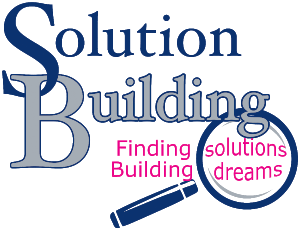




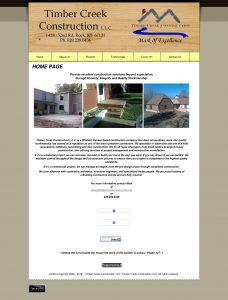
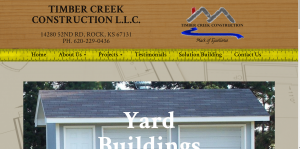



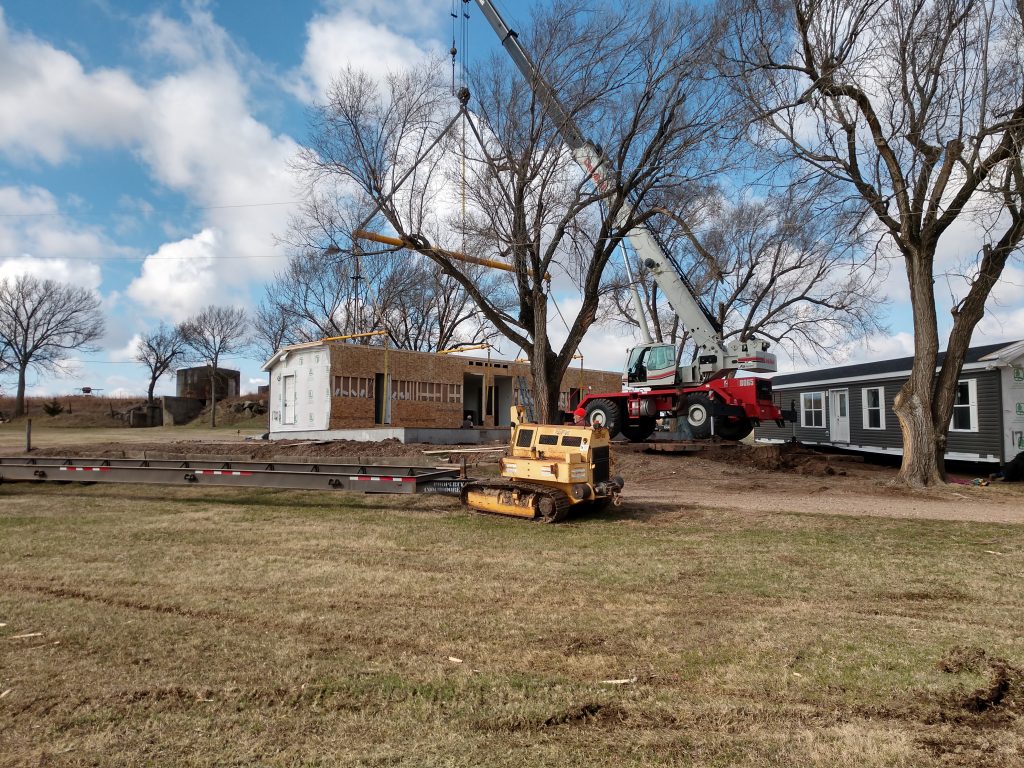
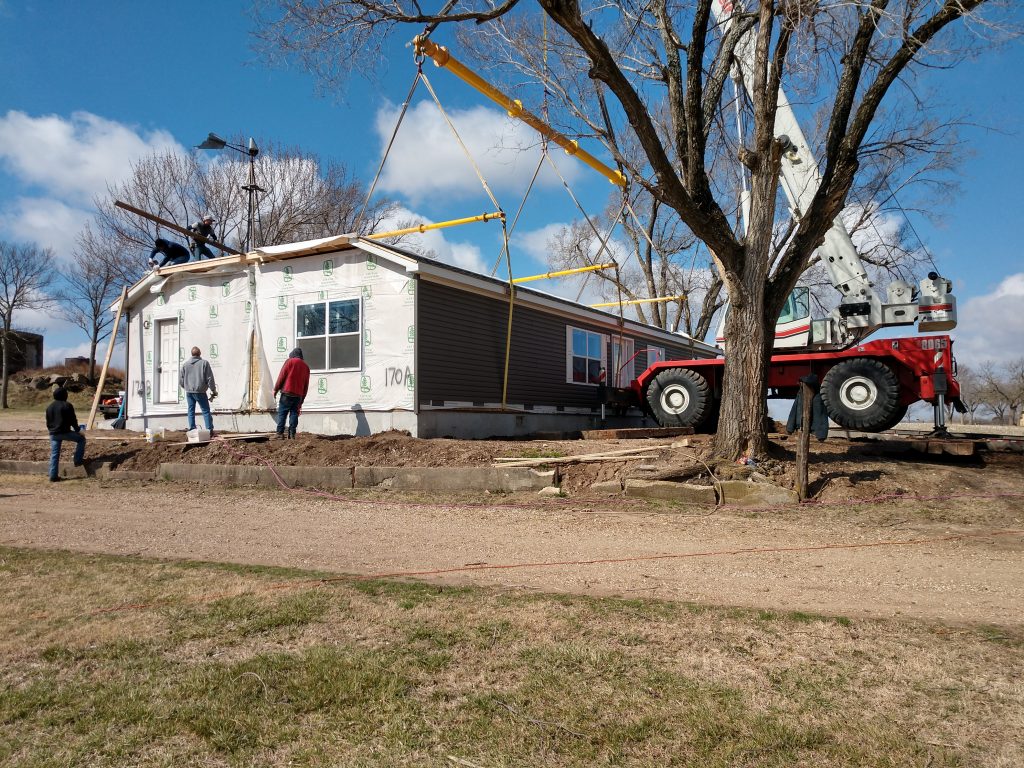



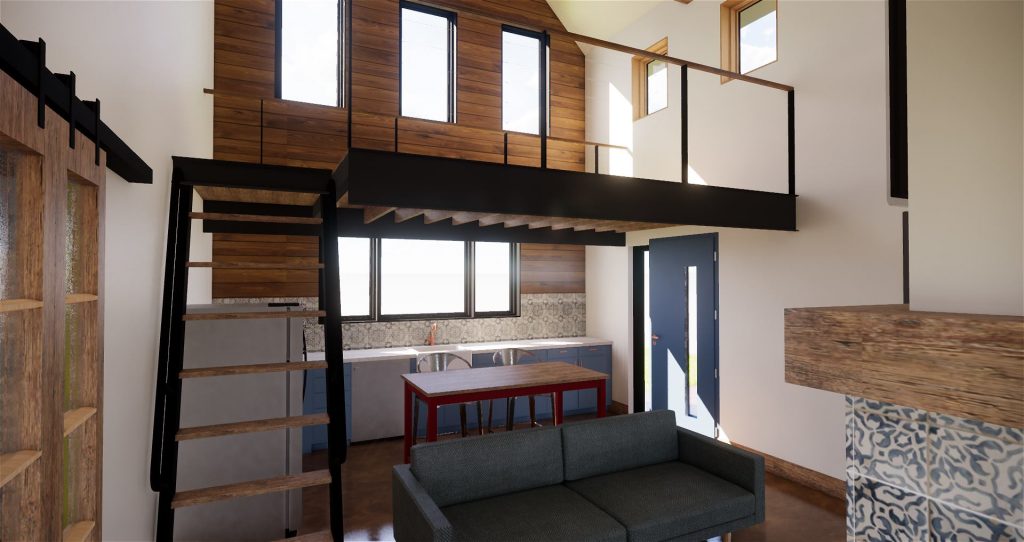









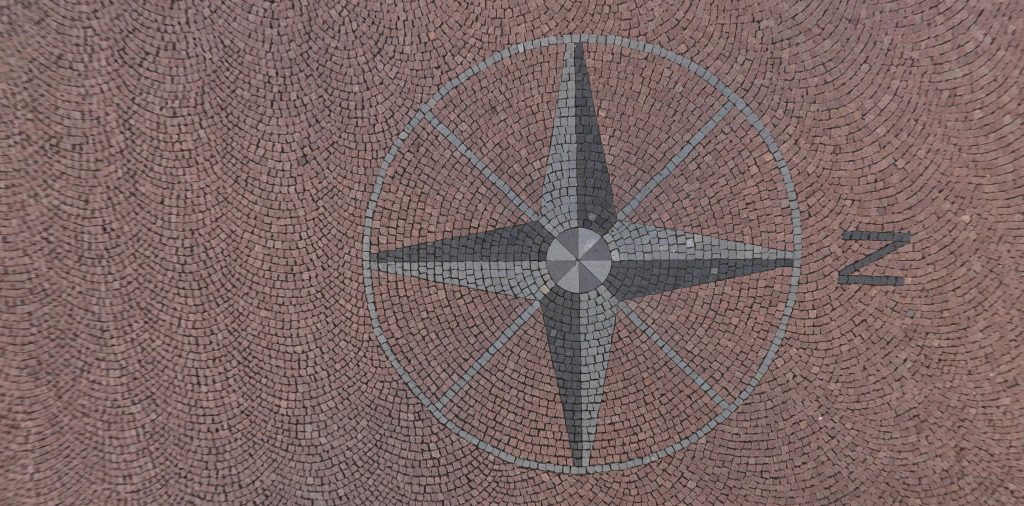



 There is a lot that goes into building something. I have written about how building and operating a business can be like standing in the shadow of an overwhelming mountain and the importance of having a
There is a lot that goes into building something. I have written about how building and operating a business can be like standing in the shadow of an overwhelming mountain and the importance of having a 
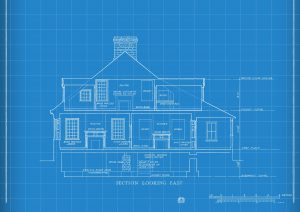



 Moving forward with the first next step I must narrowly clarify excellent delegation.
Moving forward with the first next step I must narrowly clarify excellent delegation.
 I decided to write about this core value while reading “The Seventh Most Important Thing”, by Shelley Pearsall. In the story Mr. Hampton leaves a hand-written message for Arthur on a piece of cardboard,
I decided to write about this core value while reading “The Seventh Most Important Thing”, by Shelley Pearsall. In the story Mr. Hampton leaves a hand-written message for Arthur on a piece of cardboard,  It has been my experience when building a building that people have a dream of what they envision the finished project to look like. The problem is, they don’t know how to get that dream from their head to a physical structure. This is where vision comes in. The vision is the process of taking the imagined and turning it into reality. This provides a clear and intentional plan for building the dream.
It has been my experience when building a building that people have a dream of what they envision the finished project to look like. The problem is, they don’t know how to get that dream from their head to a physical structure. This is where vision comes in. The vision is the process of taking the imagined and turning it into reality. This provides a clear and intentional plan for building the dream.
 importance of being intentional about the plan.
importance of being intentional about the plan. Think of your life or business as a construction project. It all begins with a dream. You can see the vision of the completed project in your mind. The tricky part is getting that dream out of your head and making it a reality? Having it drawn out will let you see if it looks like your dream or not. It’s better and easier to make changes and corrections during the planning, rather than the construction. It improves the clarity of communication between all parties involved.
Think of your life or business as a construction project. It all begins with a dream. You can see the vision of the completed project in your mind. The tricky part is getting that dream out of your head and making it a reality? Having it drawn out will let you see if it looks like your dream or not. It’s better and easier to make changes and corrections during the planning, rather than the construction. It improves the clarity of communication between all parties involved.